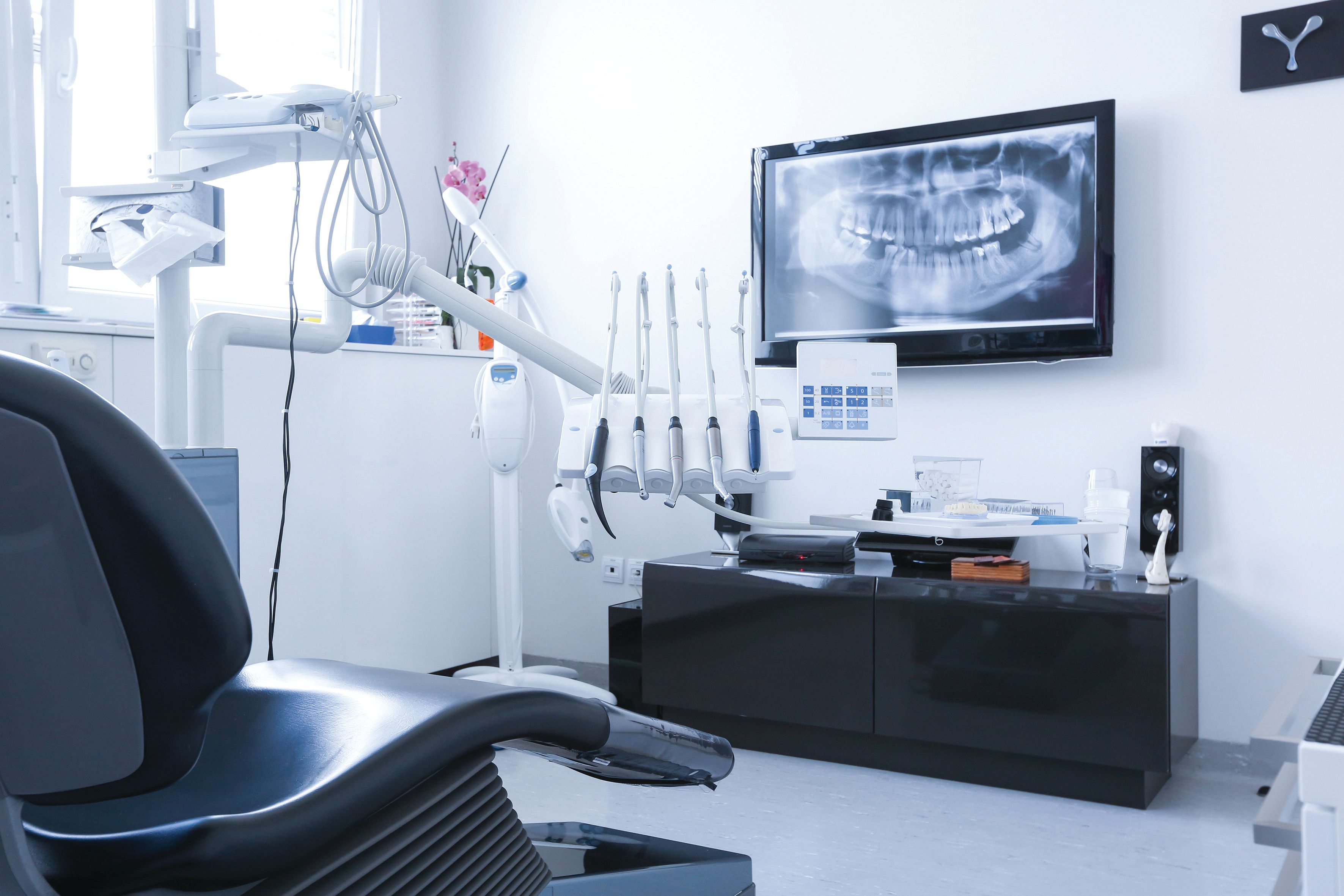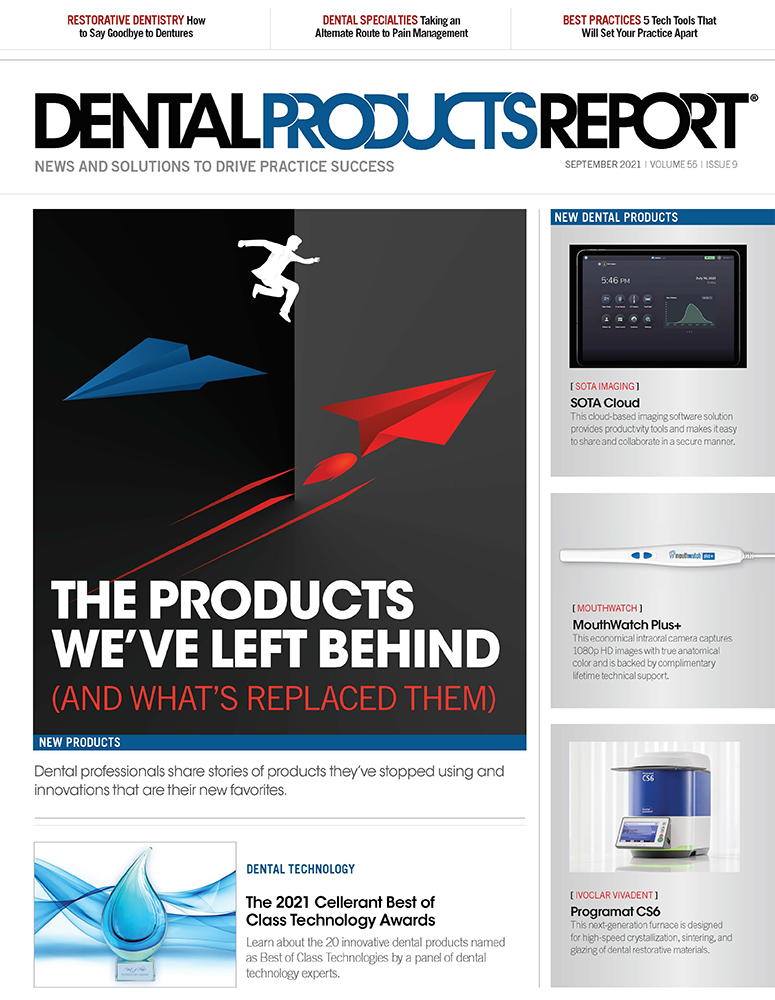The Times, They Are a-Changin’
As times change and technology evolves, it’s as necessary as ever to keep learning and improving your skills and tools.
©zlikovec / stock.adobe.com

My job as “Technology Evangelist” is to find the latest and the greatest game-changing products for our profession. I am on a constant hunt for anything that can make our work easier and give our patients better clinical outcomes.
Sometimes these things are technological breakthroughs and sometimes they are simple improvements, not tech-related but capable of changing our profession for the better. I’ve always been fascinated by the newest products.
We all tend to remember moments when someone gave us a smidgen of advice that perhaps to them didn’t seem that profound but that changed our lives. Normally those moments are extremely positive, but occasionally, looking back, we are grateful we didn’t follow their advice.
I had an instructor in dental school who was an incredibly nice man—but he had never actually practiced. He graduated from dental school and immediately became a faculty member. He spent his entire career on the school faculty.
One day he told me, “The education you get at this school will let you practice your entire career without ever having to learn another thing.” I’m incredibly grateful I made the effort to keep learning. I bring this up because as I was brainstorming for this article on products I no longer use, I was hard-pressed to think of almost any product or procedure I am still using or doing the same way as when I graduated.
So, this month, let’s take a quick look at some of my new favorite, frequently used products.
Electric Handpieces
When I was in school, the fiber-optic, highspeed handpiece was the newest and coolest thing in dentistry. I was trained on these air-driven handpieces and had used them for years. I concluded—as many people do when arguing against change—that “I’m performing just fine doing it this way. Why should I spend a bunch of money to change?” The simple answer was that I didn’t know what I didn’t know.
I was working on a project with Bien-Air Medical Technologies that required me to install and use one of their electric systems. Once I began to use electrics on an everyday basis, I couldn’t believe the difference it made.
The control, precision, and torque were phenomenal. My preps took less time, my margins were better, and the fit of my fixed prosthetics was better as well. I truly believe that the only doctors who are opposed to electric handpieces are doctors who have yet to use them clinically. Once you experience the difference, you will be as big a fan as I am.
Computer-Controlled Local Anesthetic Delivery
I’ve never met a dentist who does not give the most painless injections in the industry. When I ask them how they know this, they reply that their patients never talk about the injections being painful. I hate to be the one to deliver the bad news, but your patients are just being kind.
I know this because I was in the same situation—until I began using Milestone Scientific’s STA Single Tooth Anesthesia System®. I was approached by the folks at Milestone Scientific about helping them make some changes to the device a few years ago, so I began using it on a regular basis. I was a psychology major in undergrad, and I was well familiar with the placebo effect. Honestly, I thought that was what the STA was—a tremendous placebo. When I began using it, patients raved about how painless the injections were.
I now use the device on blocks, infiltrations, and periodontal ligament injections. Patients are incredibly appreciative. If you can figure out a way to make patients dread injections less, that is a practice builder.
Digital Caries Detection
It turns out that the average width of a fissure is between 40 to 156 μm, whereas the width of the explorer is 68 μm. By the time the caries has progressed to the point it can be detected with an explorer, it is much larger than the diameter of the explorer. In a nutshell, the explorer is too wide to find caries at its earliest point of development, so we let the process progress until the decay is large enough that it is easily detected by the explorer tip. Basically, we are allowing the cavity to grow until we can detect it. To me, that just doesn’t make sense.
Once I began to study the process of dental caries, I lost confidence in the sharp explorer as the gold standard of caries detection. Instead, my team and I utilize digital caries detection.
That is accomplished by using devices that work in a way similar to an intraoral camera. Under certain wavelengths of light, areas of decay fluoresce. This allows you to take a still image of the tooth that shows the area of fluorescence. The light from these devices will go to the bottom of pits and fissures where the tip of an explorer will not.
The fluorescence begins early in the process when the breakdown first starts. These devices allow the team to locate and monitor the breakdown, which can then be removed and restored at the very earliest stages. That allows us to frequently restore before anesthetic is necessary.
My current caries detection device is the CamX Spectra from Air Techniques. It takes the areas of fluorescence that it detects and creates a “radar weather map” over the occlusal surface of the tooth. It makes the caries easier to see for the team and easier to understand for the patient.
Magnification
More than 80% of doctors are now using magnification. I’d like to point out the advantages of using auxiliary lighting with your magnification.
When you think of the cost of a track light in your operatory, purchasing auxiliary lighting is an easy decision. A decent overhead track light is usually about $3500. An LED light attached to your surgical telescopes can easily save you thousands.
I cannot think of any clinical situation where a track light would be a better option than a light mounted on your scopes. It is rare in dentistry to get better ergonomics and save thousands of dollars by purchasing 1 product instead of another. You can take that savings and invest it in something else.
In-office Sterilization Monitoring
Most offices are using a type of sterilization monitoring service where spore strips are sent to an outside lab for testing and validation. The problem with that is it takes an extended amount of time to get the results back.
Instead, you can now do testing in your office that checks the efficiency of your autoclave(s) in less than 30 minutes. I know of 2 devices that allow you to do this: Tuttnauer’s MiniBio Incubator and the 3M™ Attest™.
Both are tabletop units that take up very little space. They utilize small vials that are run through a sterilization cycle and then placed into the unit along with a control vial.
The device incubates the vials and uses a spectrometer to monitor the fluid inside for growth of bacteria in the medium. The incubation process takes less than 30 minutes. If growth is detected, the unit notifies you by beeping and flashing LED warning lights.
It keeps the entire process in-house and works very quickly.
Wrapping Up
I honestly do not think there is 1 thing I continue to do the way I was trained. My training was great for the time I received it, but medical knowledge is doubling about every 18 months. That means we not only should keep learning but also that it’s absolutely necessary.
Add to that just how much more fun I am having now. Sometimes I cannot believe how lucky I am. I cannot believe how blessed I am to be in this profession at this point in time. I sure hope you feel the same way!
